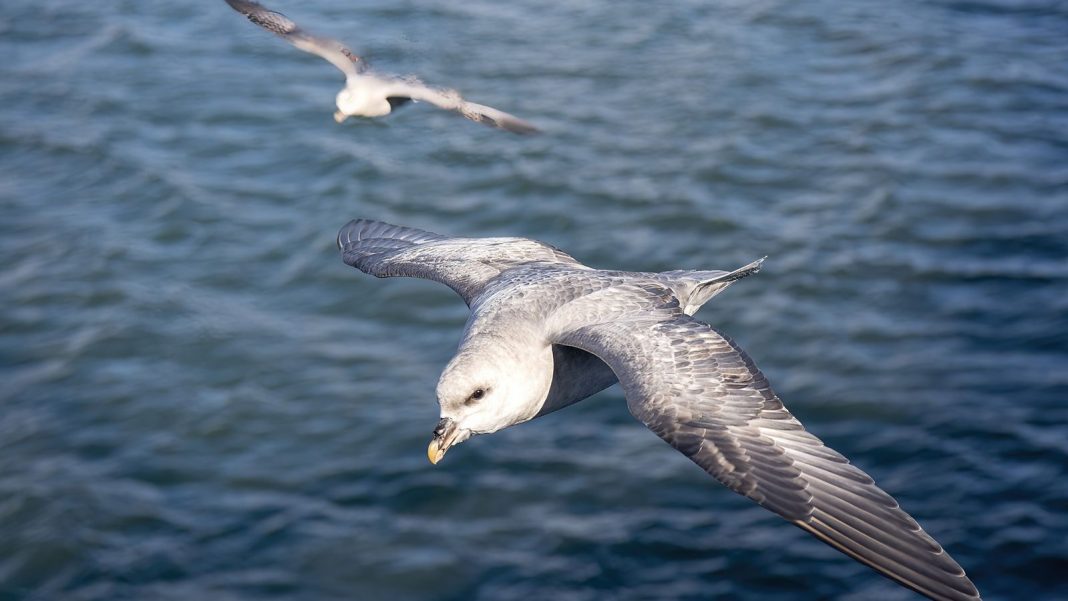Seabirds could be mistaking bits of plastic that have polluted their regular feeding grounds for food, new research has found.
A new study from the University of Cambridge suggests that plastic in the ocean threatens marine life on a “scale that transcends national boundaries”, thanks to rotating ocean currents that accumulate plastics.
Researchers said seabirds such as Northern Fulmar and European Storm-petrel could be being poisoned or starved thanks to the large-scale dumping of plastic where they feed, leading to some inadvertently feeding plastic to their chicks.
Areas such as the South Atlantic and southwest Indian oceans have mid-ocean gyres (rotating ocean currents that help circulate water around the globe), where many seabirds forage.
The threat from plastic pollution comes on top of other dangers, with some seabirds already threatened with extinction due to climate change, fishing, and the presence of vermin in their feeding colonies, with experts worried that by consuming the plastic, birds could become less resilient to other threats.
Joint author of the study, Lizzie Pearmain, a PhD student at Cambridge, said: “Ocean currents cause big swirling collections of plastic rubbish to accumulate far from land, way out of sight and beyond the jurisdiction of any one country.
“We found that many species of petrel spend considerable amounts of time feeding around these mid-ocean gyres, which puts them at high risk of ingesting plastic debris.
“When petrels eat plastic, it can get stuck in their stomachs and be fed to their chicks. This leaves less space for food, and can cause internal injuries or release toxins.”
For the study, researchers used global location data from tracking devices on the birds and maps of marine plastic pollution to identify the areas birds were travelling to, with each species given an “exposure risk” to indicate the likelihood of them coming across plastics.
Among the species most at risk were the Balearic Shearwater, a critically endangered bird which breeds in the Mediterranean, and Newell’s Shearwater, endemic to Hawaii.
Other species at high risk include the Yelkouan Shearwater, which breeds in the Mediterranean, Cook’s Petrel, which breeds in New Zealand, and the Spectacled Petrel, which only breeds on an extinct volcano called Inaccessible Island – part of the Tristan da Cunha archipelago, a UK Overseas Territory.
Please use Chrome browser for a more accessible video player
2:53
AI, puffins and conservation explained
More climate news:
Hottest June ever in UK, Met Office says – but announcement ‘invokes something sinister’
How AI is acting as nature’s defender on an island hosting thousands of puffins
Antarctic sea ice at record low for end of June, warns Met Office
Professor Andrea Manica at the University of Cambridge’s department of zoology said: “This study is a big leap forward in understanding the situation, and our results will feed into conservation work to try and address the threats to birds at sea.”
The peer-reviewed research was funded by Cambridge Conservation Initiative’s Collaborative Fund for Conservation and sponsored by Prince Albert II of Monaco Foundation, and the Natural Environment Research Council.
Joining the University of Cambridge to carry out research was BirdLife International and the British Antarctic Survey, in collaboration with Fauna & Flora International, the 5 Gyres Institute, and over 200 seabird researchers in 27 countries.







